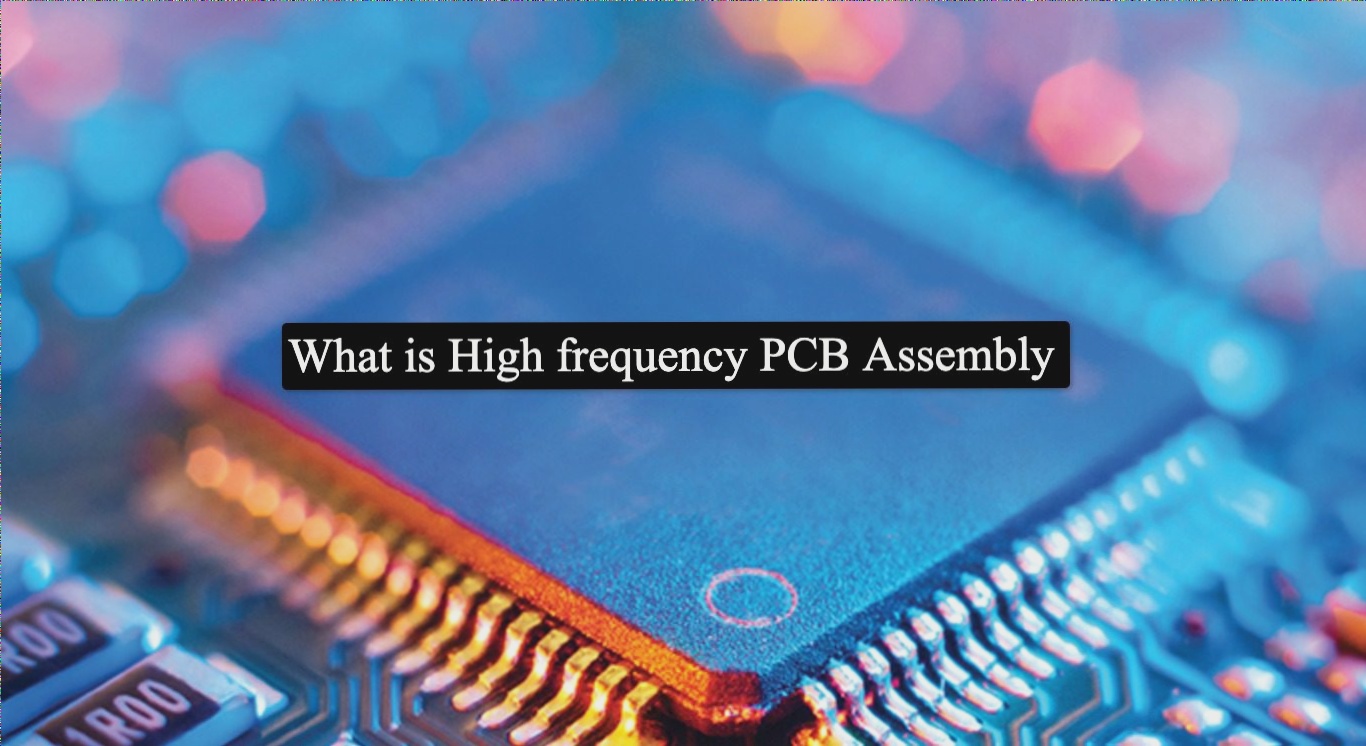High Frequency PCB Assembly: Industrial Applications and Manufacturing Insights

Why High-Frequency PCBs Are Critical for Modern Electronics
As wireless communication and high-speed digital systems advance, high-frequency PCB assembly has become indispensable across industries. These specialized circuit boards enable reliable signal transmission above 1 GHz, making them ideal for automotive radar systems, 5G infrastructure, and satellite communications. With stringent demands for signal integrity and thermal management, selecting the right high-frequency PCB manufacturer in China ensures optimal performance for mission-critical applications.
Key Features of High-Frequency PCBs
- Low dielectric constant (Dk): Ranging from 2.1 to 5 for minimal signal delay
- Reduced dissipation factor (Df): Maintains signal quality at GHz frequencies
- Environmental resilience: Excellent heat, chemical, and moisture resistance
- Thermal stability: Matched copper foil expansion rates prevent delamination
How to Select Materials for High-Frequency PCB Design
When choosing substrates for high-frequency PCB fabrication, consider these critical factors:
“Material selection directly impacts signal loss, impedance control, and thermal performance in high-frequency applications. Premium substrates like Rogers RO4000 series or Teflon often outperform standard FR-4 for frequencies above 10GHz.”
| Material Type | Frequency Range | Key Advantages |
|---|---|---|
| Rogers RO4350B | Up to 40GHz | Low loss, cost-effective |
| Teflon (PTFE) | Up to 110GHz | Ultra-low Dk/Df |
| Isola FR408HR | Up to 25GHz | Halogen-free option |
Best Practices for Controlled Impedance Design
To minimize signal loss in high-frequency PCB manufacturing, engineers employ two primary techniques:
Microstrip Transmission Lines
Ideal for surface-layer routing with ground plane beneath. Requires precise calculation of:
- Trace width/height ratios
- Dielectric constant variations
- Copper roughness parameters
Stripline Configuration
Superior for EMI-sensitive applications with:
- Embedded traces between ground planes
- Better noise immunity than microstrip
- Tighter impedance tolerances (±5%)
Industrial Applications of High-Frequency PCBs
Leading industries leveraging high-frequency PCB technology include:
Automotive Radar Systems
77GHz PCBs enable advanced driver assistance (ADAS) with:
- Collision avoidance algorithms
- Adaptive cruise control
- Blind spot detection
5G Infrastructure
Millimeter-wave PCBs (24-39GHz) power:
- Massive MIMO antennas
- Small cell networks
- Beamforming systems
How to Choose a Reliable High-Frequency PCB Supplier
When sourcing high-frequency PCBs from China, evaluate manufacturers on:
- Material certifications: UL, IPC-6012, RoHS compliance
- DFM capabilities: Impedance control within ±2%
- Testing protocols: TDR, network analyzer verification
- Lead time management: Special material procurement
- Technical support: Signal integrity analysis
For high-volume PCB assembly projects, partner with manufacturers offering:
- Automated optical inspection (AOI)
- 4-point probe testing
- Impedance coupon verification
Why Global Buyers Prefer Chinese PCB Manufacturers
Top-tier PCB factories in China combine:
- Cost-competitive pricing (30-50% below Western counterparts)
- Cutting-edge HDI and RF manufacturing lines
- Rapid prototyping (72-hour turnaround)
- Dedicated engineering support teams
Future Trends in High-Frequency PCB Technology
Emerging developments include:
- Low-loss thermoset materials for 6G applications
- Embedded passive components for compact designs
- AI-driven impedance matching algorithms
- Additive manufacturing for complex RF structures
For OEMs requiring high-frequency PCB assembly services, early engagement with manufacturing partners ensures optimal material selection and design validation.
